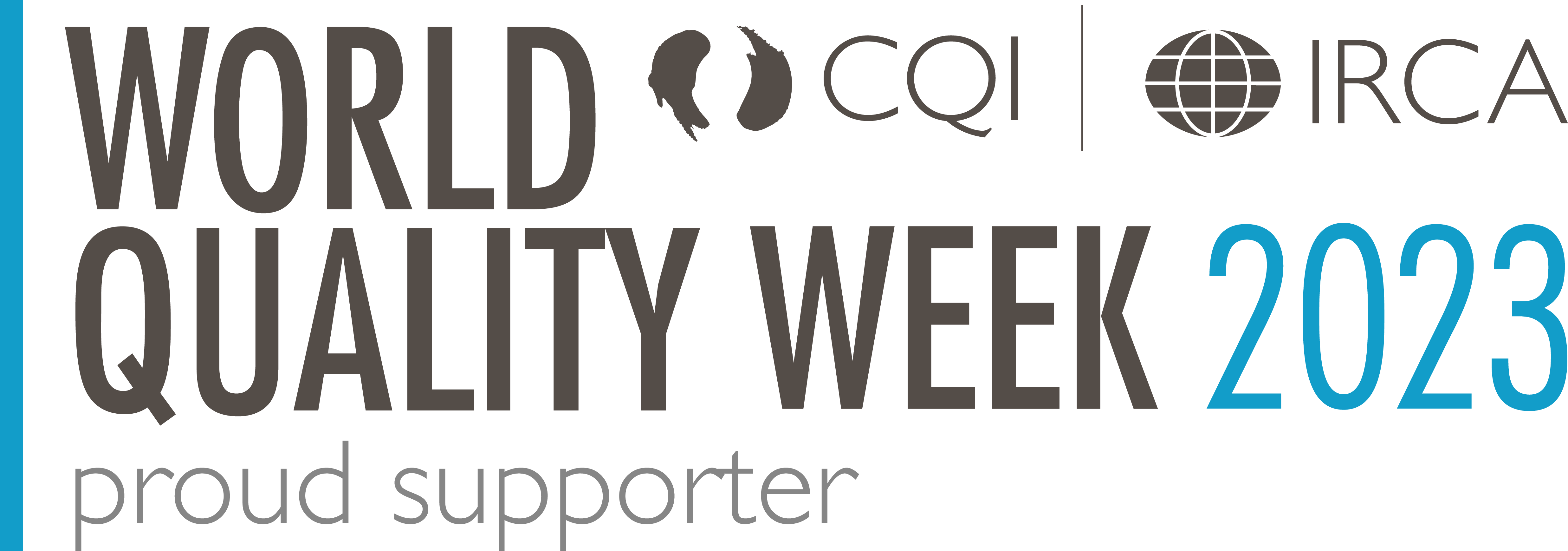As an integral part of workplace safety programmes, behavioural based safety observations (BBSO) help to create safe work habits through observations that aim to protect workers and reduce the number of incidents and injuries at work.
With a process to identify, measure and change behaviours, regularly carrying out BBSOs provides a proactive effort to get to the root cause of any unsafe behaviours. By identifying any hazards that could potentially cause harm, this encourages workers to repeat the safe behaviour so that others are more likely to follow suit.
As one of the UK's leading construction contractors at various sites across the country, health and safety is a core focus for Winvic. To support its high standards, the business set about evolving its health and safety reporting and monitoring processes.
With more than 400 staff and additional sub-contractors, Winvic wanted to maintain and build on its exemplary record and digitise its health and safety reporting and monitoring processes. This would enable them to have a more holistic view of the business’ health and safety activity.
By giving its staff full visibility of each site’s health and safety activity using Alcumus software, Winvic now has:
- an incident reporting app, which includes observation reporting, records all reported incidents and allows any person connected with the project to report unsafe acts and conditions along with good practice
- a second app focused on health, safety and environmental inspections to record findings of the organisation's general inspection process
This has led to a 25% reduction in its accident frequency rate in the first year and also enabled the team to run their own data-led reports to identify trends that can help to further mitigate against future accidents.
“Thanks to the software, we are able to analyse the reactive and proactive data to identify trends across our business, allowing positive intervention where required to influence re-occurrence. It also identifies good practice trends, allowing us to celebrate our and our supply chain's success across the business, further enhancing our health and safety performance and culture. The software has also allowed us to better understand risk areas within each sector of our business and create more focused solutions to risk management.”
Rob Pope, Head of HSEQ (Multiroom) at Winvic
Here are some of the key elements to consider when conducting a BBSO:
- Job hazard analysis: Take each job task and activity as individual elements so you can assess the risk associated with each and how to mitigate them.
- Safe work practices: These need to be reviewed and assessed before conducting a BBSO to make sure you have the correct method or modifications needed for each job task or activity.
- Safe job procedures: These need to be studied to help safety professionals remain aware of the best possible method to carry out a specific process or task.
A “Plan, Do, Check, Act” cycle is an integral part of continuously evolving and improving your safety culture. By regularly updating and assessing all information regarding job hazard analysis, safe work practices, safe job procedures and policies, organisations can help to prevent unsafe behaviours.
Download eBook
Without a digitised process in place for immediate reporting, it can be easy to forget risks that occurred or were observed. As mobile devices and QR codes have become more common in the workplace, safety leaders have embraced them as a way to stay connected with their front-line workers.
Our EHSQ management solution helps to support your behavioural based safety needs by empowering front-line workers to conduct BBSOs digitally on mobile devices. Safety leaders can spot risks and root causes across all job sites to prevent injuries with our advanced business intelligence and analytics reporting.
Download our free eBook, Behavioural Based Safety Observations
Our eBook looks at the steps to analyse and improve safety behaviours in the workplace and the benefits that a digitised process for reporting can help to overcome risks that occurred or were observed. This includes:
- Looking at unsafe behaviours
- Conducting the behaviour observation
- Dealing with dangerous behaviours
- Quality over quantity
- Applaud good practice






